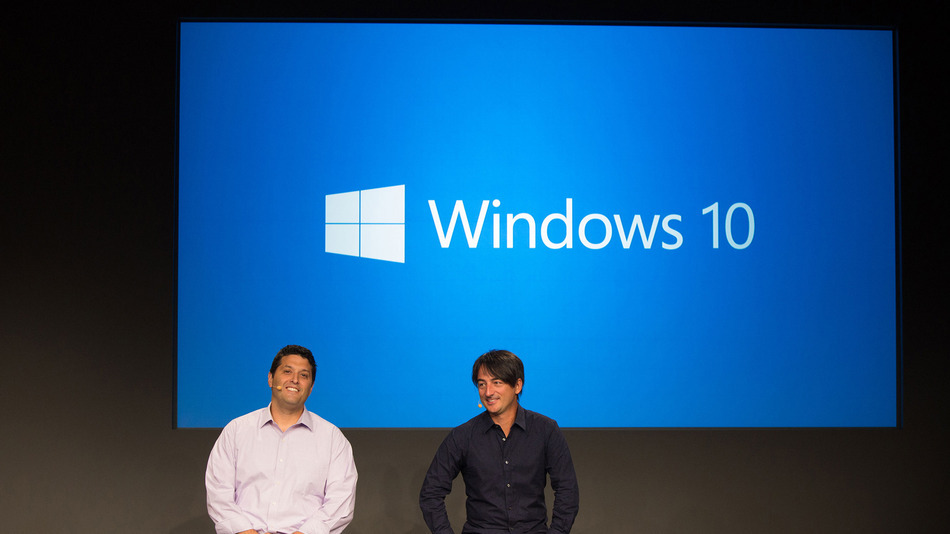Microsoft has revealed details about the data it is tracking via its new operating system (OS), Windows 10.
In a blog, the firm listed statistics on how many minutes had been spent by users in total in the Edge browser and the number of photographs which had been viewed in the Photo app.
The firm also said that Windows 10 was now active on over 200 million devices.
However, some people have questioned whether the data tracking is a threat to privacy.
Since Windows 10 was launched, Microsoft has been tracking information about how those with the OS are using it.
Until now though, relatively little has been known about what data is being collected.
"Microsoft is deeply committed to protecting our customers' privacy," a spokesman for the company told the BBC.
"Consistent with all modern services and websites, the Windows 10 information highlighted in the blog on January 4 is standard diagnostic, anonymous analytics that enables us to deliver the best Windows 10 experience possible.
"We are committed to delivering industry leading privacy protection for our customers, as shared in a recent blog from Terry Myerson."
Minutes tracked
The company blog listed a range of figures, including:
44.5 billion minutes spent by users in the Microsoft Edge browser across Windows 10 devices
2.4 billion questions asked to virtual assistant Cortana
30% more Bing search queries per Windows 10 device versus previous versions of the OS
82 billion photos viewed with the Photo app
More than four billion hours spent playing PC games
Microsoft also reported that Windows 10 continued to be the fastest growing version of Windows, outpacing the adoption of both Windows 8 and Windows 7.
Security expert Prof Alan Woodward told the BBC he was interested to know the long-term plans for the data.
"[This information] might be collected for one purpose, but how long will it be stored for? What else are they going to use it for?" he said.
"As soon as it goes outside the EU it's no longer protected by things like the UK's Data Protection Act."
Recently, Microsoft announced it would be opening UK data centres for corporate clients in a move the firm hoped would address privacy watchdogs' concerns about "data sovereignty".
However, it is not clear where data relating to the company's own operating system is transmitted and stored.
'Walking in blind'
It is possible to increase the privacy controls in Windows 10 by setting the feedback option to Basic, so that activity data is not sent to Microsoft - bar error reports.
However, Prof Woodward suggested that users of the new OS may not be fully aware of the range of options and what they do.
"I've noticed it because I've been installing it a lot recently. The default is for them to track a whole lot of things about usage and send details back to Microsoft," he said.
"I think some people are walking into it blindfolded, they don't necessarily realise what's going on."
(BBC)
www.ann.az
Follow us !











